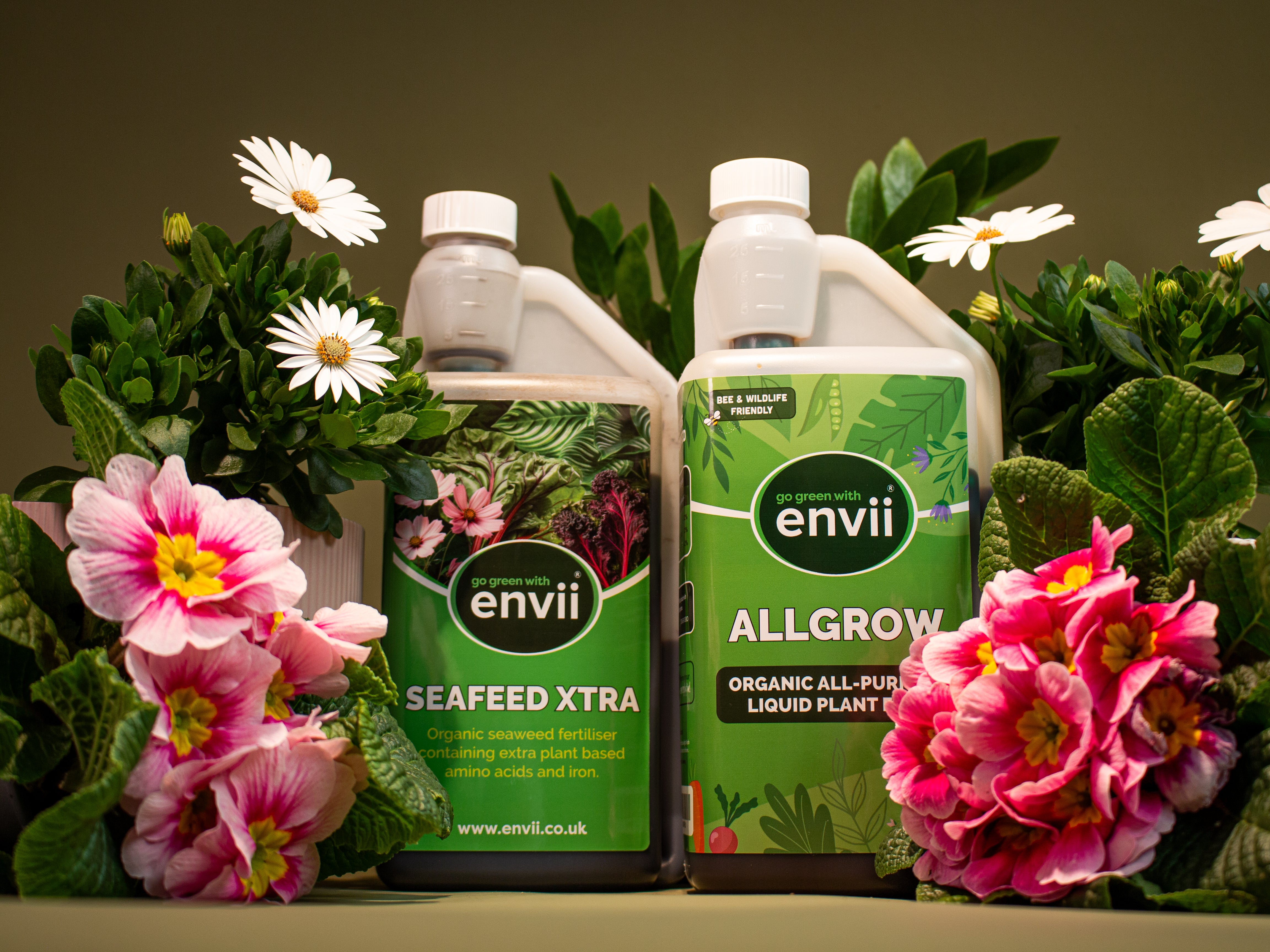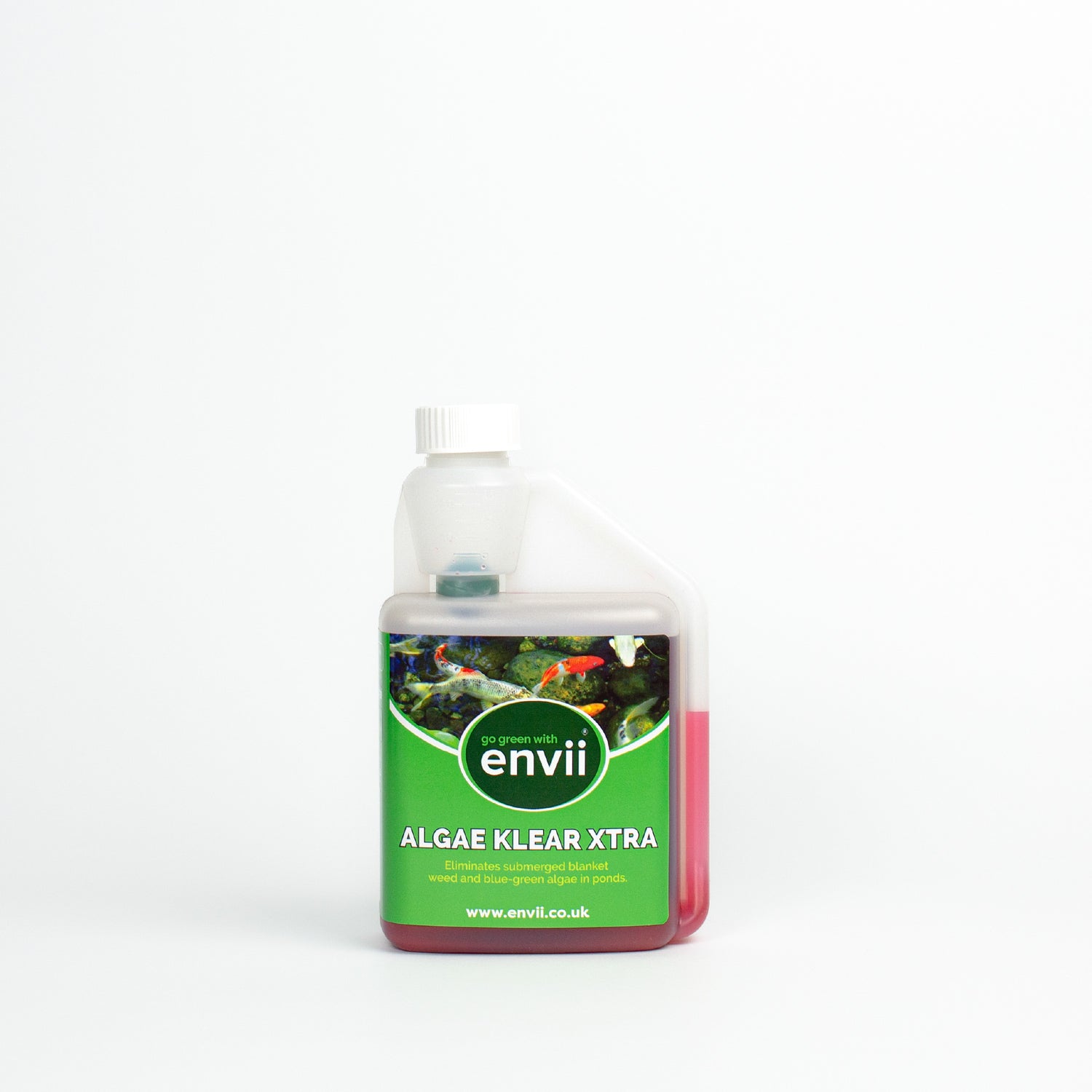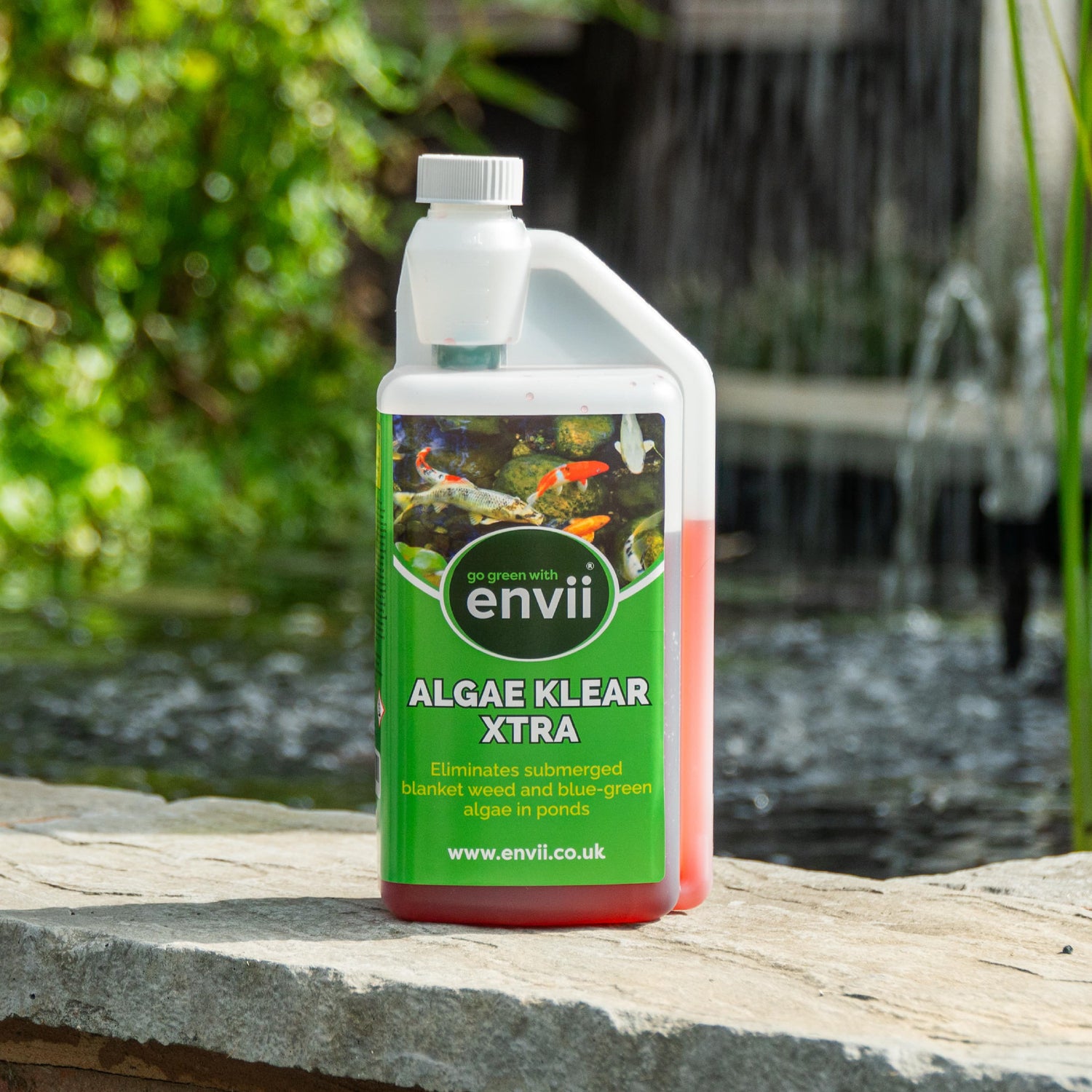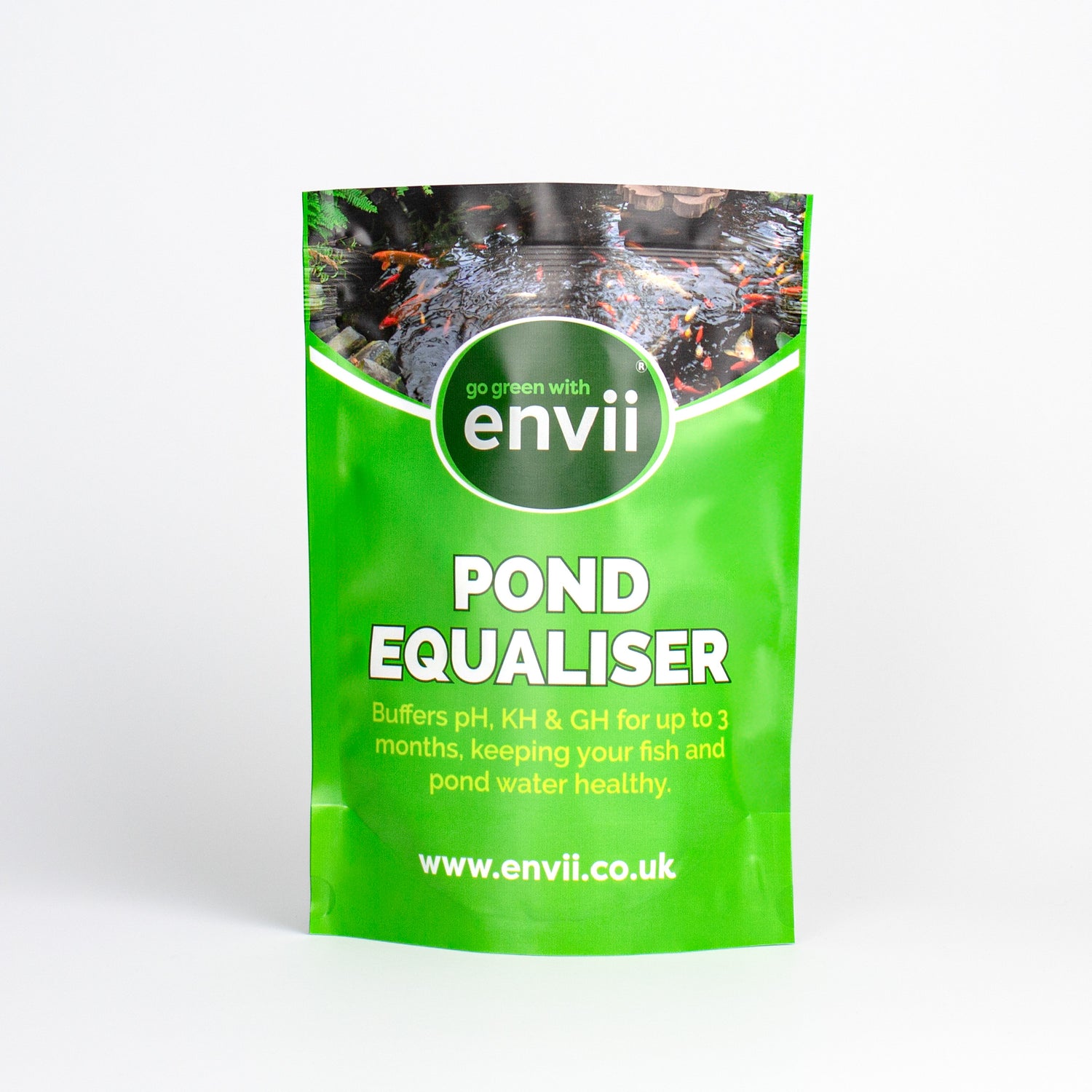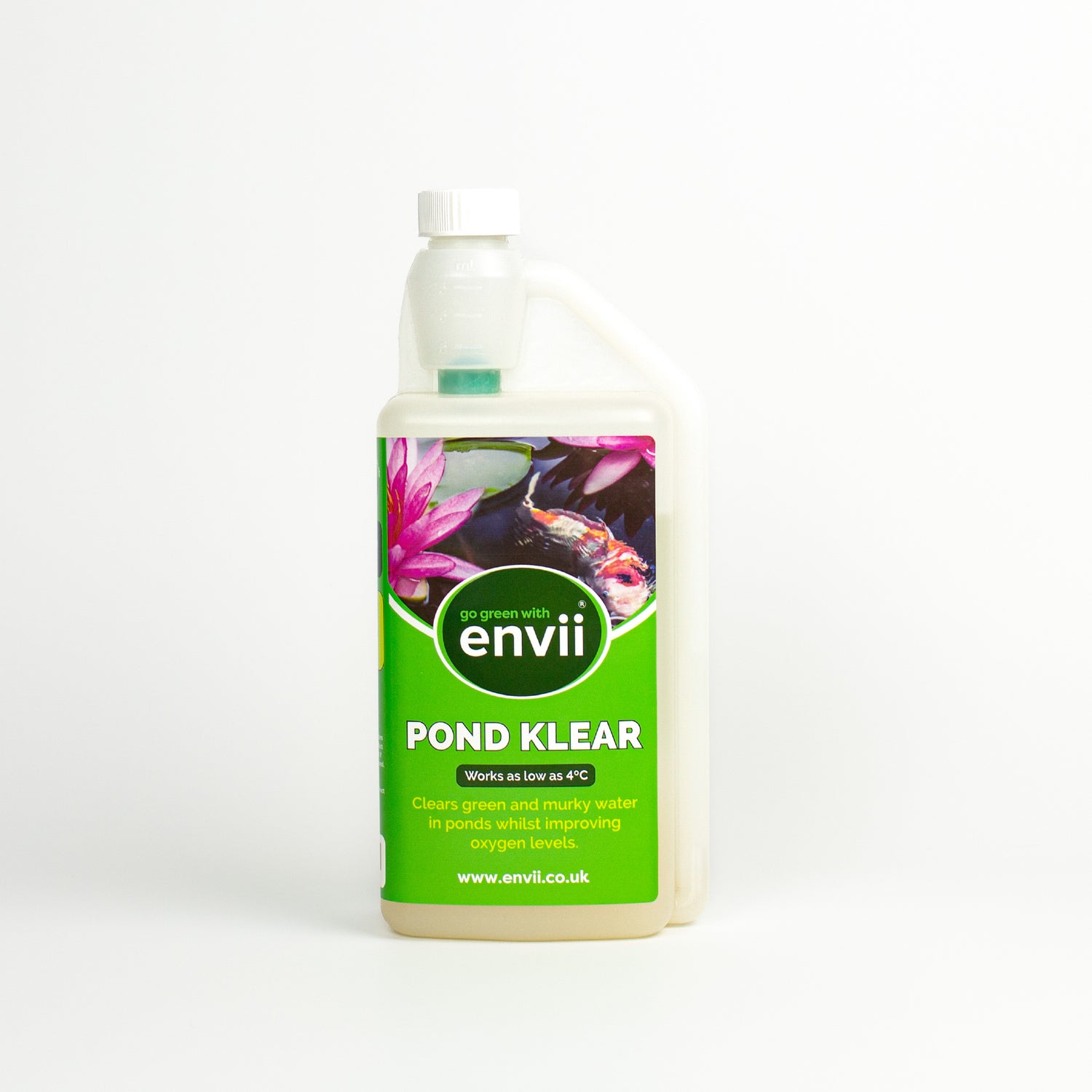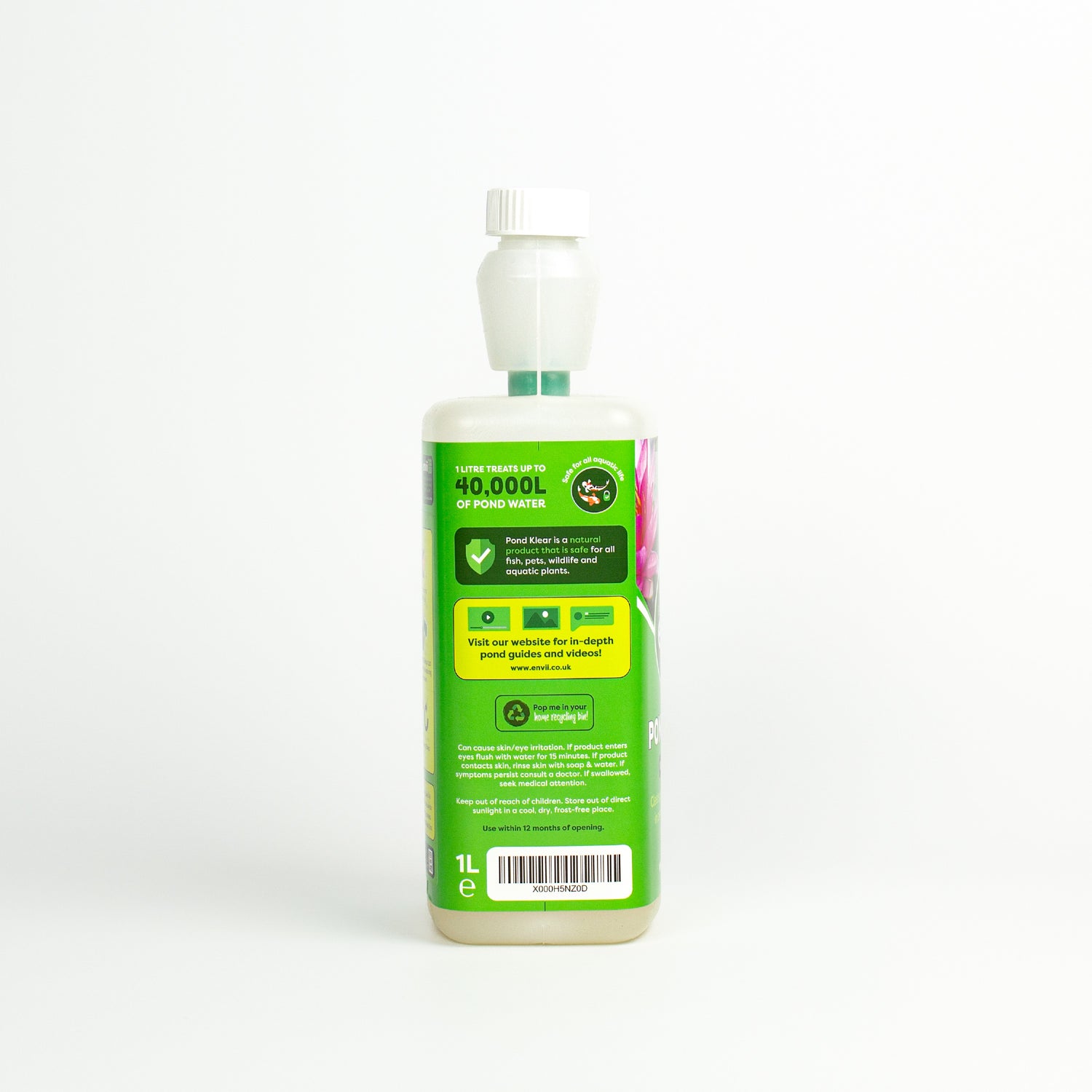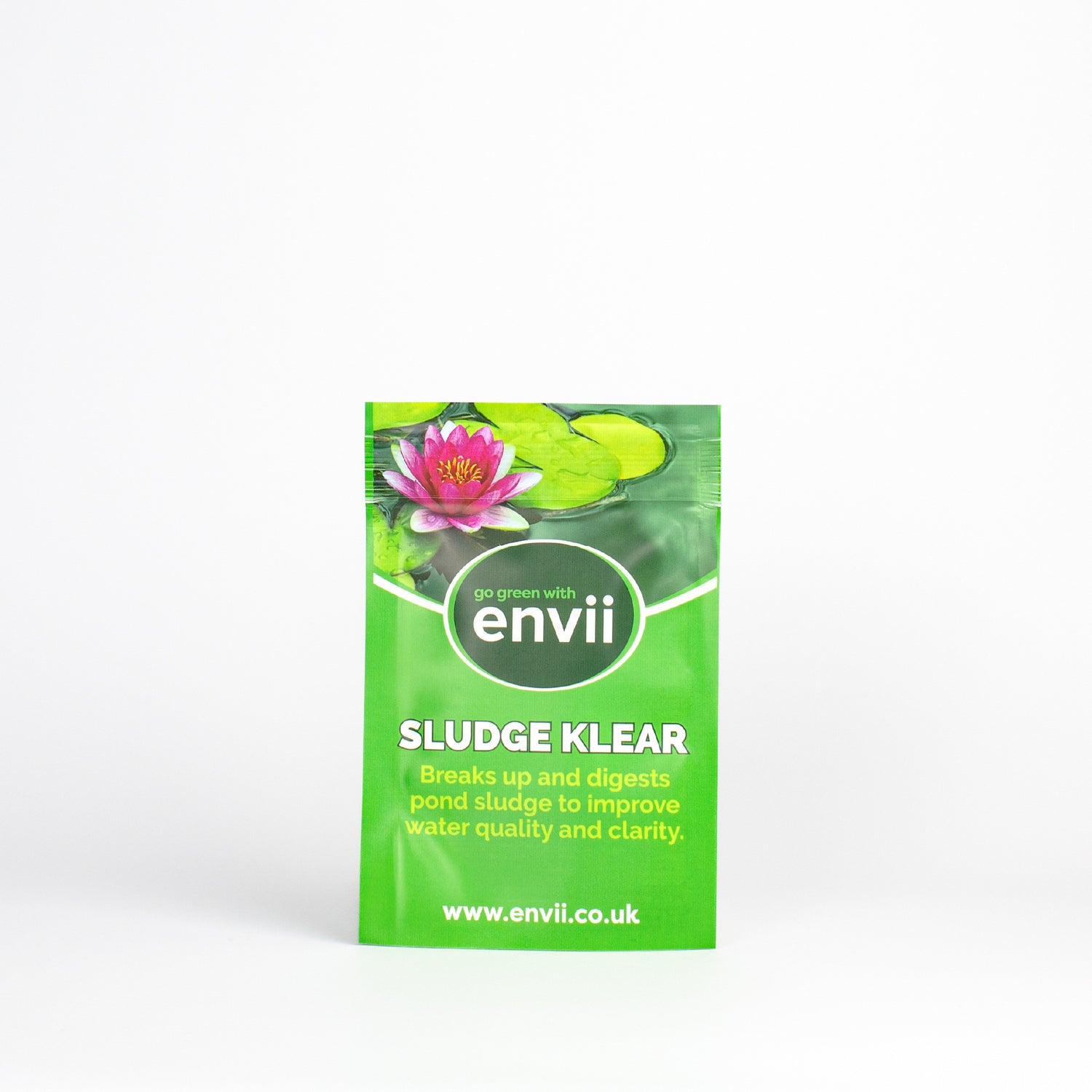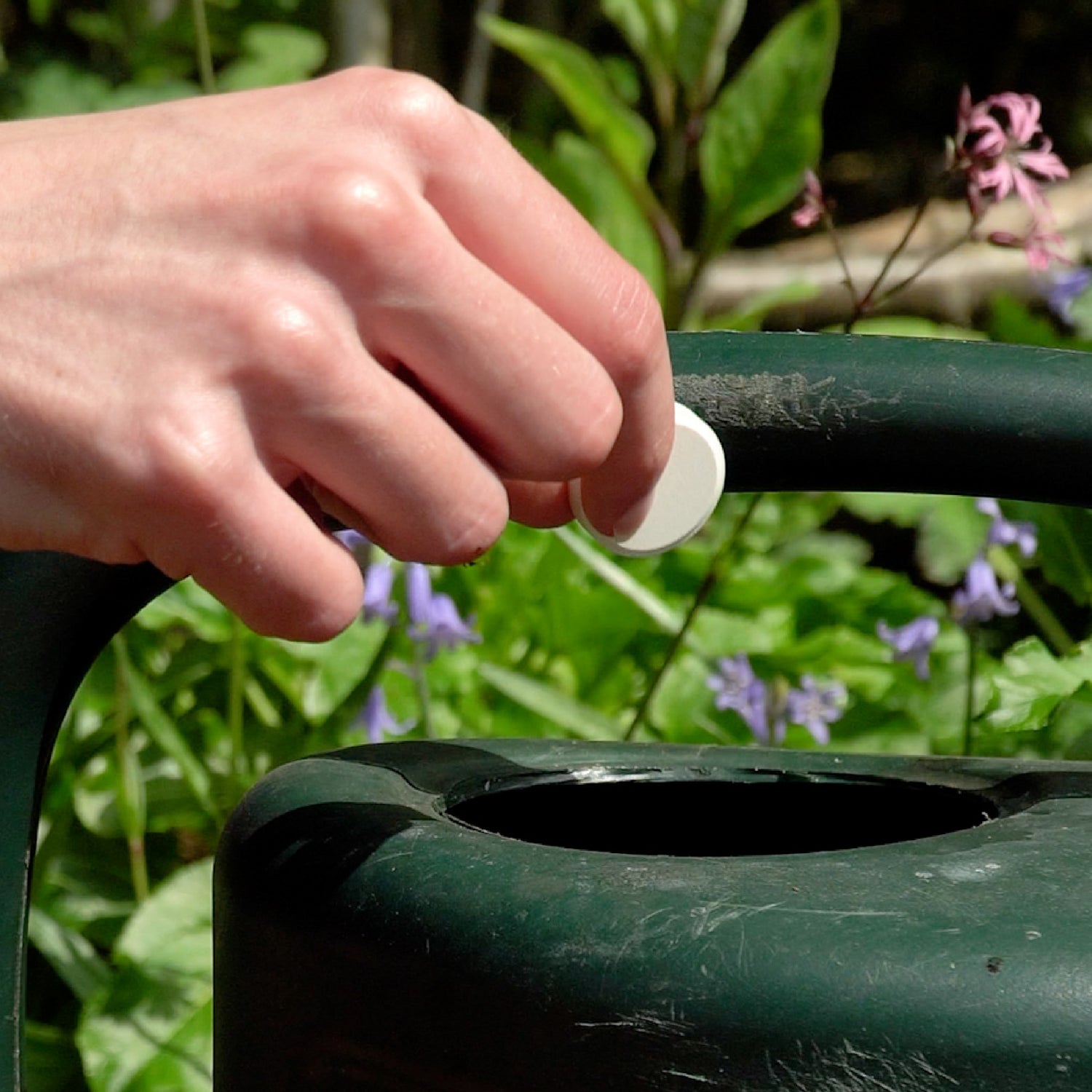When you first dreamed up the idea of having the perfect pond, the last thing you would have imagined is for it to resemble pea soup! Unfortunately, that’s the reality for many pond keepers across the UK.
Green pond water is a common and recurring problem, affecting both the appearance of ponds and the quality of their water.
The good news is we’ve got 6 helpful tips on how to get rid of green pond water and achieve the stunning garden feature you desire. Keep on reading to find out everything you should know.
Let's find out how to stop your pond going green:
1. Don’t overstock your pond with fish
Anyone can appreciate that fish are captivating pets and features to keep in a garden pond. Fish bring an exciting fusion of colour and movement to ponds, help to reduce insect infestations, and for many, they’re very therapeutic to gaze at.
If you opt to populate your pond with fish, after choosing the best fish to add to your pond, you need to select a suitable fish load, as too many fish can leave your pond destined for disaster!
This is down to the fact that the more fish there are, the more natural biological processes are taking place in the pond. For example, there’s more fecal waste being produced that provides the nutrients required for green water to occur.
2. Don’t overfeed your fish
Adding more fish food than necessary can affect your pond’s water quality and lead to green water problems – not only from the natural biological processes of your fish but also from the food that isn’t consumed.
If you’re unsure about whether you’re overfeeding your fish, you’ll need to do some research, as it’s not a ‘one size fits all’ answer. Pond size, fish type and quantity, and temperature and aeration in your pond all play a part in how much you should feed your fish.
What happens to fish food that’s not eaten?
Leftover fish food decomposes in pond water, releasing phosphates that fuel algae growth and as a result, green water. If you notice that your fish aren’t eating all the food you give them, reduce the amount you feed them to make sure there’s nothing left behind.
This is most likely to occur in your pond during winter months when fish have a reduced appetite and aren’t feeding as much.
3. Provide some degree of shade to your pond
The algae that cause green water are plants, and just like any other plant, they love sunshine. This is bad news for any pond that isn’t sheltered from direct UV light from the sun.
Building a pond with shade isn’t always ideal, but there are still ways of providing some degree of cover to it – such as using aquatic plants.
What pond plants are good for shade?
Floating pond plants, such as water lilies, are a great method for controlling algae growth. They provide partial shade to reduce sunlight exposure not only to algae but also to fish such as koi, which can be sensitive to sunburn. There are several floating plants to choose from depending on your desired aesthetic, including:
– Marsh marigold
– Water lilies
– Water hyacinth
– Water forget-me-not
– Water mint
– Water lettuce

4. Use beneficial bacteria
As mentioned before, green water is caused by single-celled plant organisms called algae. This organism typically occurs when there is an imbalance (high amount) of nitrates and phosphate levels in pond water providing algae with the nutrients to grow and in perfect conditions, thrive! These nutrients are elevated via some of the points mentioned above, however, can be eliminated with the use of a beneficial bacteria treatment, such as Pond Klear and Filter Feed.

Pond Klear is a natural water treatment designed to clear green and murky pond water, restoring clarity and promoting a healthier aquatic environment. Using a blend of beneficial bacteria, Pond Klear targets and breaks down the organic matter that causes cloudiness, algae growth, and poor water quality. This powerful yet gentle treatment works effectively to reduce excess nutrients in the water, helping to prevent algae blooms and improve overall water clarity.
Safe for all fish, wildlife, and pets, Pond Klear provides a chemical-free solution that maintains the delicate balance of your pond's ecosystem. With regular use, it helps create a healthier environment for your pond's inhabitants by promoting biological balance, reducing harmful toxins, and improving oxygen levels. Whether you’re looking to improve water clarity or ensure a safe habitat for fish and other pond life, Pond Klear is the perfect, eco-friendly solution for your pond care needs.

5. Keep the pond aerated
Aeration helps to provide oxygen to the beneficial bacteria that break down and eliminate green water algae. Increased oxygen levels also promote the reduction of carbon dioxide that feeds algae, causing them to grow at a slower rate.
Aeration devices are a useful way to increase the amount of oxygen in your pond and include water features such as waterfalls and fountains or a pond pump and filter.
6. Add more plants
Having a sufficient amount of aquatic plants in your pond leaves very little for algae to feed and thrive off, as these plants consume the nitrates produced by fish excrement and food waste.
As well as the plants that float on your pond’s surface mentioned previously, submerged plants are also useful additions to your pond’s ecosystem – such as hornwort, parrot’s feather, and anacharis (water weeds). In our experience, marginal plants, also known as shallow water plants, are some of the best plants at competing with algae.
Why is my pond water green?
An algae bloom, which happens when there is an excess of tiny algae in the pond, is typically the reason for green pond water. This occurs when enough sunlight, warm temperatures, and high nutrient levels, particularly nitrates and phosphates, act as catalysts for the growth of algae.
You know the saying… “Prevention is better than cure…”
A green water algae bloom is an unsightly nightmare; preventing it is much more straightforward and less time-consuming than getting rid of it.
The key is managing the nutrient levels in your pond by following the handy tips above!
You could also add water treatments that not only clear green pond water but also prevent algae from growing, contributing to a balanced ecosystem.
Finally, if you’re an experienced pond keeper, then you probably noticed that there was no mention of using a UV filter/ultraviolet clarifier to prevent green water. That’s because there are several things you should consider before relying on a pond UV clarifier – to find out more, read our Essential Guide to Pond UV Lights.
